Our Craft
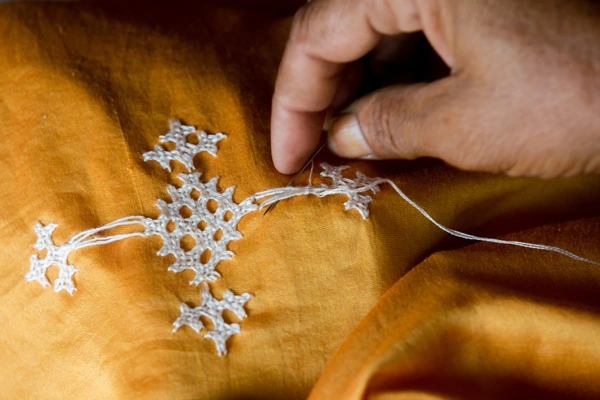
Embroidery
Embroidery is a craft that has been passed down from one generation to another. There are various types of embroideries, such as soof, sindhi, paako, among others, each possessing its unique characteristics. The thread used in embroidery represents the thread of the past, extending all the way to the Silk Route. However, for the people practising this craft, it signifies much more than that; it represents their environment, culture, and surroundings. Women and girls have been creating their own clothes adorned with intricate embroidery, developing an aesthetic that has become so distinct that one can identify the motifs with a particular community.
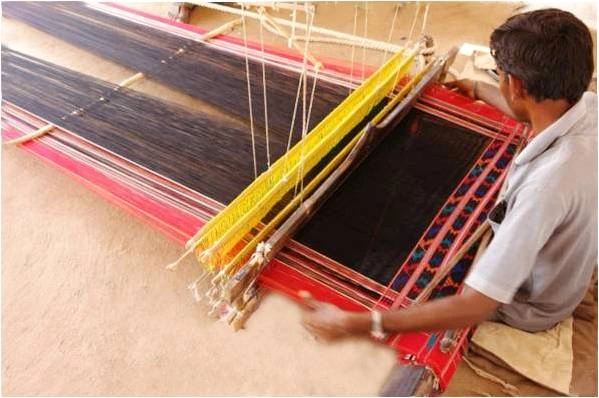
Pit loom Weaving
Pit loom weaving practised in the regions of Malani Pattu ( Barmer, Jodhpur, Jaislmer) and Kutch, primarily practised with wool. This craft has deep roots in the pastoral community, where wool from their sheep was readily available. The abundance of wool in the region led to the development and refinement of the wool craft. The pastoral community’s affinity for weaving intricate patterns and designs on the pit loom has made them famous for their exquisite pattu shawls. Over time, the craft expanded to include cotton as well, offering a wider range of materials for their creative expressions. Today, pit loom weaving stands as a testament to the ingenuity and skill of the pastoral community, preserving their rich heritage and traditions.
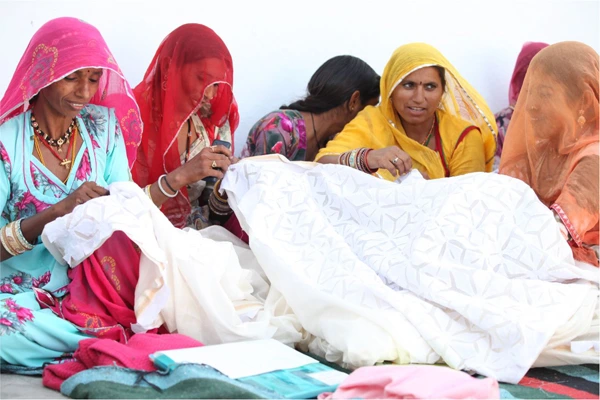
Applique
For the people of the Thar region, sustainability and reuse are not merely concepts; they are a way of life. The communities in this region have long practiced the art of reusing worn-out clothes, transforming them into patchwork items that find purpose in their daily lives. This practice is deeply ingrained in their culture, where aesthetics emerge from the combination of different fabrics. Appliqué work, with its vibrant and diverse designs, showcases the creativity and resourcefulness of these communities.
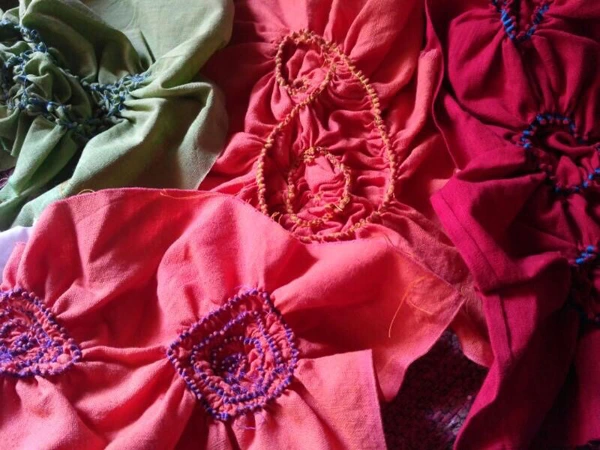
Bandhej
Bandhej is a traditional craft that holds a significant place in the daily lives of the people, particularly in the arid regions of Rajasthan, such as Bikaner, Churu. These regions, characterised by their scarcity of water, have witnessed the remarkable development and mastery of the Bandhej craft. The artisans in these areas have honed their skills in colour coding and tie-dye techniques, creating exquisite patterns and designs that are unique to this region.The art of Bandhej has not only survived but flourished in these water-scarce regions, becoming an iconic craft that showcases the ingenuity and resilience of the local communities. It stands as a testament to their ability to adapt and create beauty even in challenging circumstances.
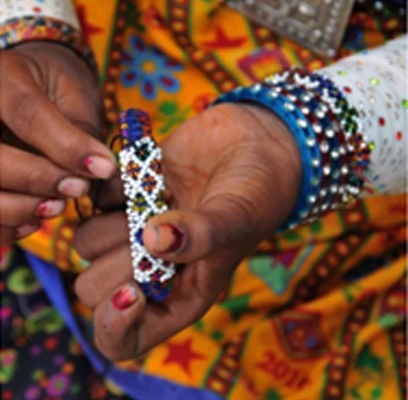
Bead work
Beadwork is a craft predominantly practised by the camel community, originally intended to adorn their camels. Over time, this craft has expanded to encompass a wide range of products beyond camel decoration. The camel community’s expertise in beadwork has led to the creation of intricately designed jewellery, accessories, and decorative items. This craft serves as a reflection of their cultural identity and showcases their artistic skills.
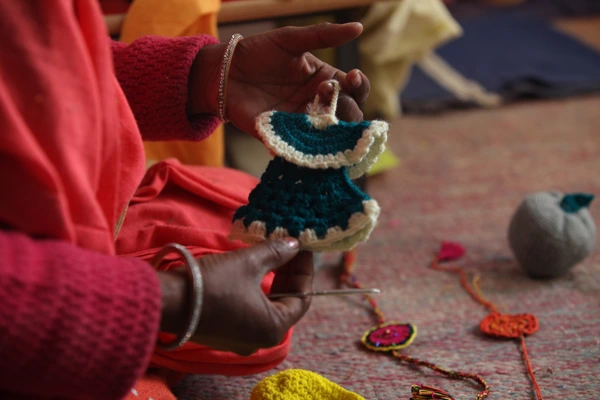
Crochet and Macrame
Crochet and macrame are adaptive crafts that have been learned and embraced by various communities. These crafts involve the skillful manipulation of yarn or thread to create intricate patterns and designs. The community has adopted these crafts, incorporating their own cultural influences and techniques. Crochet and macramé have become versatile forms of expression, allowing individuals to create a wide array of items, from clothing and accessories to home décor. These crafts celebrate the creativity and adaptability of the community, showcasing their ability to embrace and master new artistic techniques.

